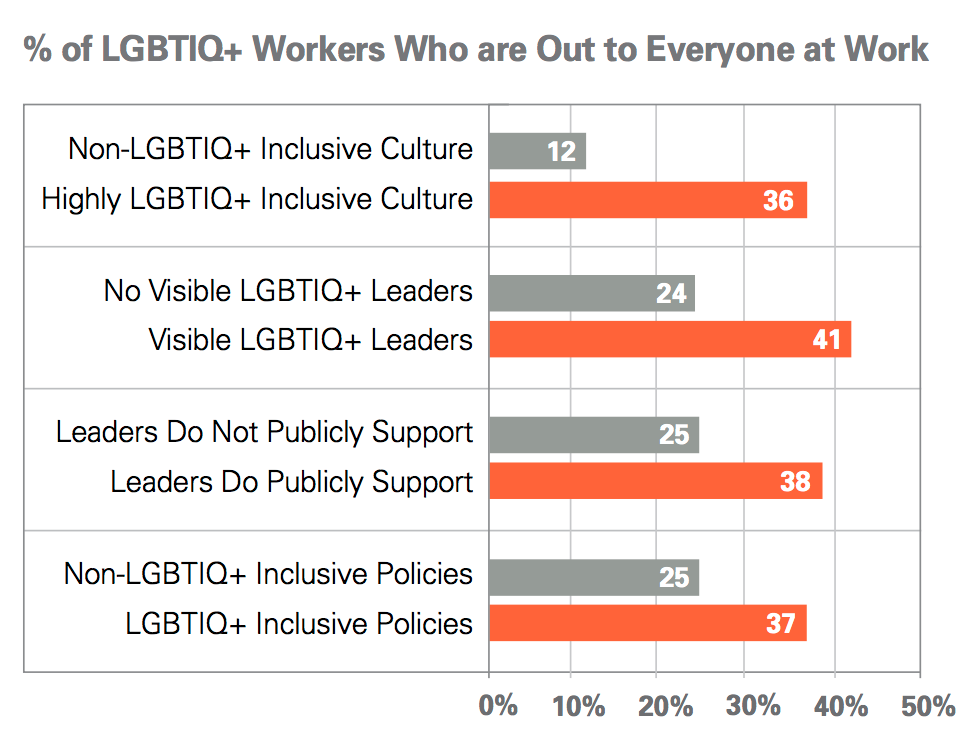Engineering is in the midst of a ‘culture shift’ as more people and organisations advocate for LGBTQ+ inclusion. create spoke with engineers involved in changing the profession’s mindset.
The legalisation of same-sex marriage in 2017 was a watershed moment in gay rights in Australia. But the milestone did not by any means end discrimination against lesbian, gay, bisexual, transgender, queer, intersex and asexual (LGBTQIA+) people.
A 2018 Diversity Council of Australia survey, for instance, found that just 32 per cent of LGBTQ+ respondents were out to everyone at their workplaces.
And a 2017 US study showed that LGBTQ+ professionals working in science, technology, engineering and mathematics (STEM) roles were less likely to have come out to their colleagues than workers in other industries.

Building bridges
The situation is one familiar to mechanical and biomedical engineer Dr Tana Tan.
“I was in the building services/construction industry for a number of years,” he told create.
“A lot of people didn’t know I was gay back then, because I wasn’t out at that time in the workplace … But unfortunately, because of that, people didn’t realise that I was gay and there were homophobic comments made around me, as well as to me.”
The experience inspired Tan to found Turing Circle, a support and networking group for LGBTQ+ people in science and engineering, in 2017 with University of Adelaide Professor Peter McCabe.
Named after Alan Turing, the famed British mathematician and computer scientist who was prosecuted for his homosexuality and ultimately posthumously pardoned, the group seeks to connect LGBTQ+ scientists and engineers and advocate for more inclusive workplaces.
“The two main focuses for Turing Circle — one is to bring together LGBTQIA+ scientists and engineers,” Tan said.
“The second reason is also to try to start countering homophobia in organisations and workplaces.”
One way to achieve this, Tan said, is to create workplace programs focused on supporting and including LGBTQ+ employees, as well as education for how to be an LGBTQ+ ally.
“I’d like to see workplaces encourage the development of understanding rather than just tolerance,” he said.
Whole self, best self
Making STEM professions a safer space for people of all sexualities is definitely on the mind of University of New South Wales (UNSW) mechanical and biomedical engineering student Jacqui Orme.
Orme is the co-president and founder of Engiqueers, a UNSW student society that aims to provide a welcoming network for engineering students.
“Because it’s largely male-dominated and heteronormative, there’s a fear with students in engineering that when they eventually graduate and go into the workforce, they won’t be able to bring their whole self to work and be out at work,” she told create.
“Our organisation is really here to help those students connect with companies that will allow them to be themselves.”
That’s why, as well as providing a social support base, Orme wants Engiqueers to help advance students professionally.
“I think there is a big push within industry to increase diversity,” she said.
“Google and Atlassian have specific clubs within their companies just for queer people to help them feel supported and also meet each other. Other companies include Deloitte and PBC who are just more intrigued in getting diverse mindsets from the student body into their workforce.”
Tan mentioned that he too has seen large engineering firms introduce LGBTQ+-focused diversity networks and groups into their organisations.
“That has been a substantial change in the last 15-odd years I’ve been in the engineering industry,” he said.
Increasing visibility
It is a cultural shift that makes sense for business as well as the LGBTQ+ people working as engineers.
A 2015 UK report estimated that homophobia costs the British economy £11.2 billion. A recent US study of more than 4000 STEM students found LGBTQ+ students were almost 10 per cent more likely to not complete their degrees than heterosexual students.
“In Australia, and also in a lot of other high-income countries, we face a shortage of engineers at the moment,” Tan said.
“One way to counter that is to demonstrate to LGBTQIA+ university students that there are LGBTQIA+ scientists and engineers in STEM, that these industries are becoming more LGBTQIA+ friendly, and that they should continue to pursue their career in STEM.
“We should also be visible to LGBTQIA+ high school students who are considering studying and working in STEM but may be afraid to do so as it has been perceived as non-LGBTQIA+ friendly.”
Turing Circle hopes to add a Melbourne chapter to its Sydney operations soon, and 2019 marked its second year marching in the annual Gay and Lesbian Mardi Gras parade.
For Engiqueers, Mardi Gras offered an opportunity not just to celebrate but to show off their engineering talents.
“For the past three years we’ve actually built the Mardi Gras float for UNSW,” Orme said.
“That gets hold of all different engineers from all different skills to come together to build something really impressive and something we can be proud of.”
Their 2019 contribution certainly lived up to the brief.
“This year our theme is UNSW pride,” Orme said.
“We’ve built this ginormous lion’s head — a geometric lion’s head — that really involved so many different skills. So we got on board mechanical engineers, electrical engineers to do our lighting, audio engineers to do the audio side of things.”
They also brought in art and design students to contribute choreography and aesthetic advice.
“Basically using all the skill that we have within our community to build something really special,” Orme said.